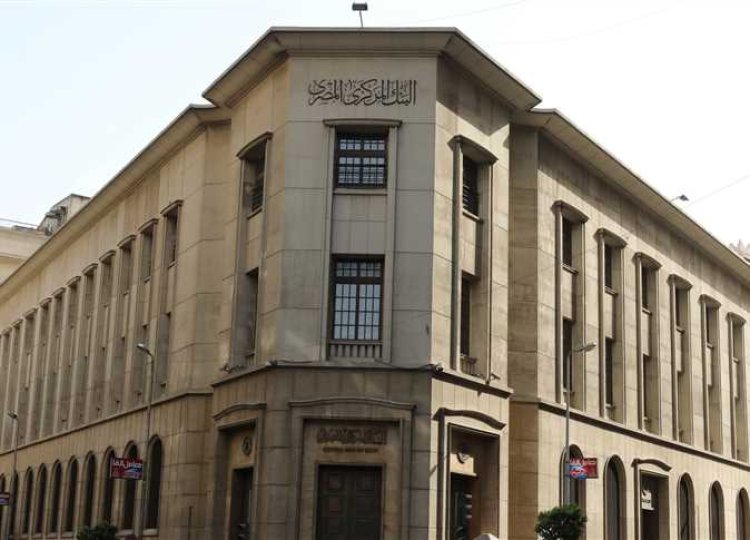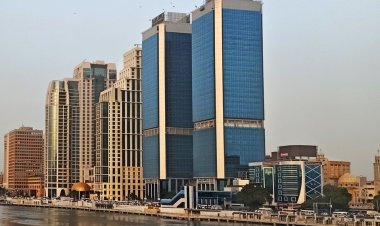How does the Central Bank protect Egyptian banks from bankruptcy?
the Central Bank establishing strict mandatory rules that are not allowed to be bypassed, in addition to the Banking Law granting the central bank the authority to intervene in a timely manner as soon as the initial indications of the failure of any bank.

Days have passed since the bankruptcy crisis of 3 US banks, the most famous of which was the “Silicon Valley” bank to finance technology and emerging companies, and it was considered the largest collapse of an American bank since 2008.
A state of concern has been raised in Egypt and other countries about the banking sector, and is it possible that Egypt will be exposed to similar incidents in the wake of the global economic crisis?
Banking expert Hani Aboul Fotouh said “Egypt has the best banking standards and control systems in the region under the supervision of the Central Bank of Egypt.

Strict mandatory rules
the Central Bank establishing strict mandatory rules that are not allowed to be bypassed, in addition to the Banking Law granting the central bank the authority to intervene in a timely manner as soon as the initial indications of the failure of any bank, while providing several means of intervention and insurance, including pumping liquidity to troubled banks on several conditions.
The Central Bank guarantees the safety of the banking system through off-site and field supervision, as well as applying the best international banking standards.
Every 3 months, the Central Bank issues a financial safety report that includes the 10 largest banks operating in the sector according to four important:
1. “Criteria” which are capital adequacy
2. “Asset” quality
3. Profitability
4. Liquidity
With the addition of conditions, most notably that the percentage of non-performing accounts does not exceed the available limit, and profitability rates remain at good levels.
The central bank stipulates maximum limits for the concentration of bank investments and placements in securities, financial instruments, real estate financing, and long-term bonds, as happened in the bankruptcy of Silicon Valley Bank.

Egypt owns 38 banks
Egypt owns 38 banks that enjoy a high degree of liquidity, whether local or foreign, and all of them give a message of reassurance to customers.
In the past, some banks in Egypt were subjected to similar situations, including the “Bank of Credit and Commerce”, which was subjected to a large demand from customers to recover their facts, so the same scenario was repeated by the American Bank “Silicon Valley”, but the difference is that the Central Bank of Egypt intervened urgently and acquired the Bank of Credit and Commerce and will not lose One pound per customer.
Which means that the Central Bank is strong and able to intervene in a timely manner to guarantee the rights of customers and shareholders and to maintain the stability of the banking sector.
In 2003, an incident happened to three banks: the Nile Bank, the Islamic Development Bank and the United Bank, at that time the Central Bank acquired them and they became one entity, and now it has become the United Bank.

The real reason why Silicon Valley bankruptcy
According to banking expert Hani Aboul Fotouh's explanations, the real reason for the bank's bankruptcy is its exposure to long-term investments that do not fit its original status of supporting emerging companies with short-term investments.
He added, the bank invested 128 billion in treasury bonds and long-term mortgages, with a profitability much lower than the deposits of its customers, and with their demand for deposits, it stood helpless.
The bank was asked for 42 billion dollars in one day, forcing it to try to liquidate 21 million dollars in mortgage bonds to obtain liquidity, which incurred huge losses as the crisis continued.


 Shrouq
Shrouq 












